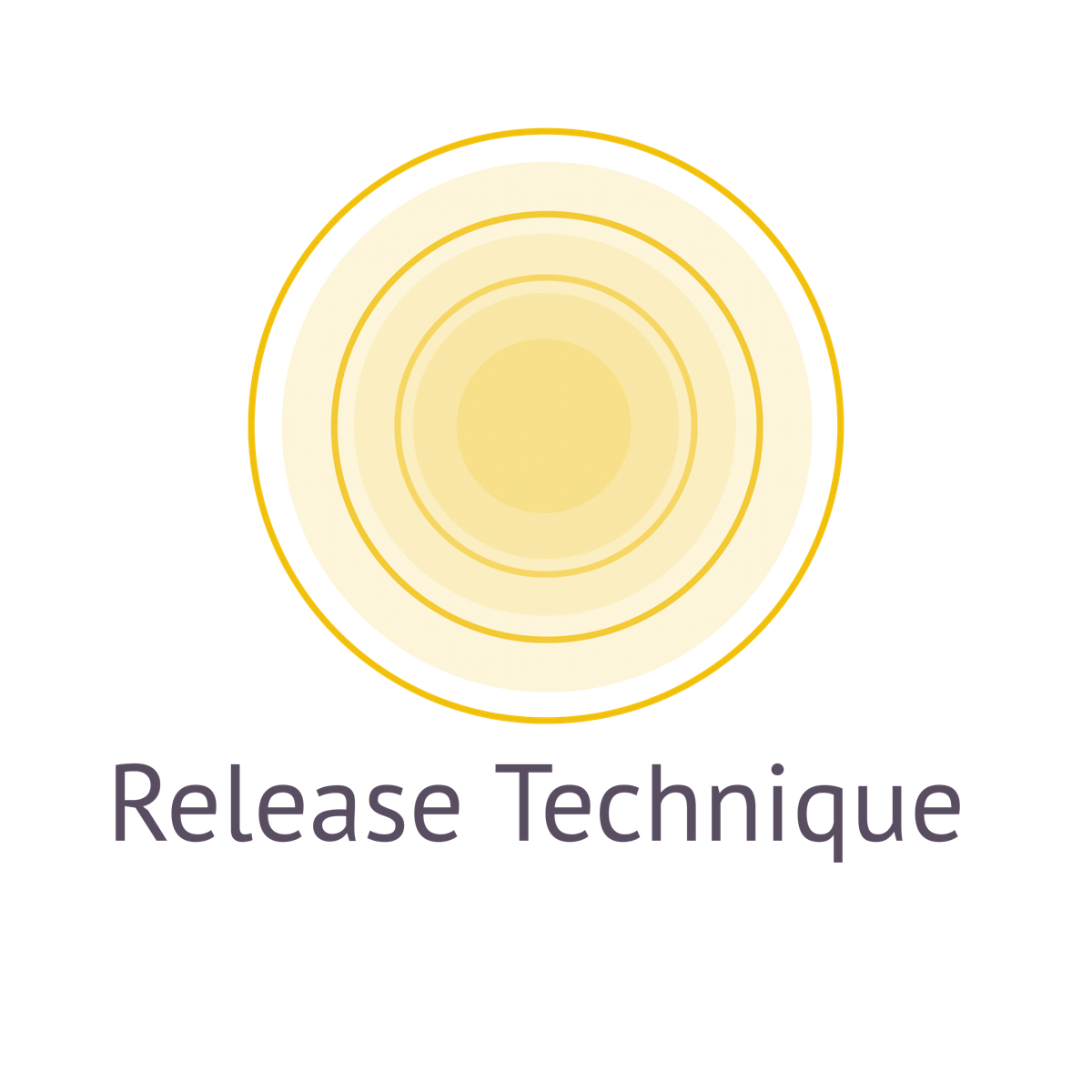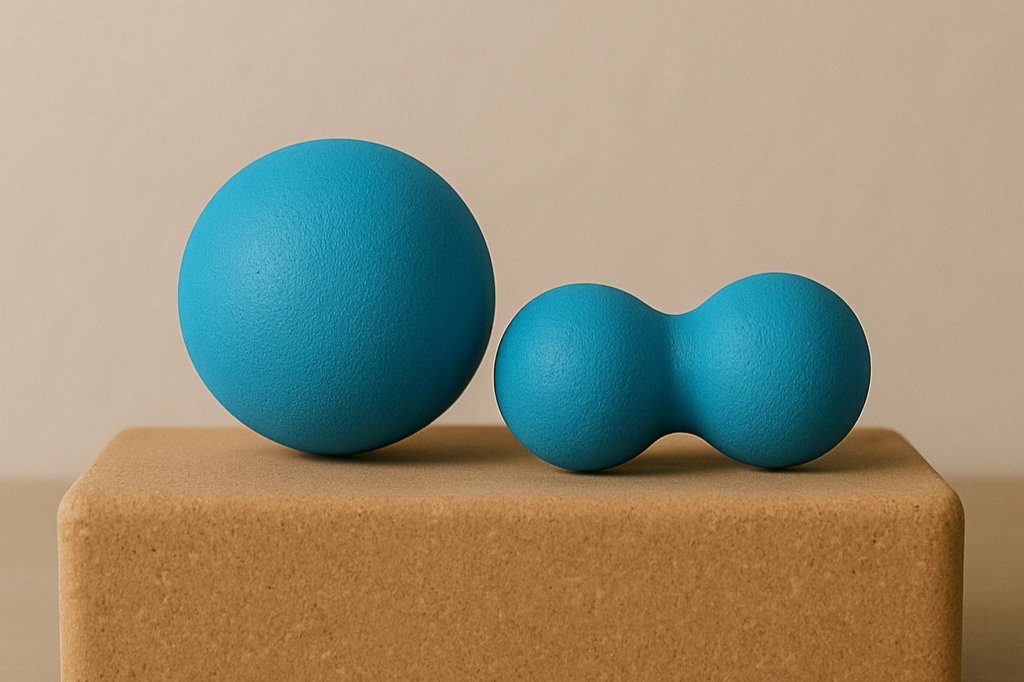Foam Roller vs. Massage Roller: Why Your Tool Matters More Than You Think
Decoding the rolling toolbox so you can soothe, strengthen, and keep moving with ease.
“Foam roller” is one flavor of massage roller—but the universe of massage rollers is wide (think sticks, balls, peanuts, textured grids, and even heated cylinders). Each style invites a different conversation with your body. Below, we’ll map the territory so you can pick the partner that speaks your tissues’ love language
The Classic Foam Roller: Your Everyday Hug (and my personal fave ;)
What is it?
A cylinder of EVA or EPP foam, usually 12-36 inches long with a 5-6-inch diameter.
Why you’ll reach for it
Broad, even pressure that “wraps” around large muscles—hello quads, lats, and thoracic spine.
Forgiving density = your nervous system can keep its chill.
Perfect gateway tool if you’re easing into self-massage or rehabbing after a flare-up.
Pro tip: If you’re new, start with a softer foam roller. Your fascia will soften more readily when it isn’t guarding against pain. Check foam roller my recommendations.
The Textured “Trigger-Point” Roller: Deep but….
Think of the classic cylinder, but studded with ridges or knobs. The raised terrain focuses load into smaller surface areas, giving you a deeper conversation but can be very painful especially for beginners. Remember, pain is NOT the most effective way to release tension, it can often create more!
Stick & Bar Rollers: The Travel-Friendly Press
These handheld tools look like rolling pins with plastic gears or foam beads along the shaft. Because you provide the pressure (not gravity), it’s easy to dial intensity up or down.
Pinky Ball & Peanut Rollers: Pinpoint Precision
Big fan of these guys, especially for advanced rollers who love sensation. Single spheres, double-ball “peanuts,” or even spiky orbs—small surface area, maximum specificity.
Use these pinky ball and peanut roller for:
Nestling next to shoulder blades where a big roller can’t go.
Foot arches begging for TLC after a marathon meeting day.
Hip rotator trigger points that need a surgical strike, not a steamroller.
How to Choose the Best Foam Roller for you
Full-Body Maintenance, Release-Technique Style
In every Release Technique class, we combine a series of classic foam rolling techniques—long, sweeping strokes that glide from one end of the body to another. These broad passes act like a global reset button: they flood your fascia with fresh circulation, dissolve diffuse tension before it calcifies into painful knots, and whisper to your nervous system, “You’re safe—exhale.” Commit to just one guided session a week and you’ll stack benefits that compound over time: lighter, ache-free movement, faster post-workout recovery, lower cortisol levels, and a self-care ritual that reminds you your body is worth steady maintenance. Think of it as brushing your teeth, but for your entire kinetic chain—skip a week and you’ll feel the difference.
If you crave ultimate guidance based on major areas of the body (and want every technique in one place), check out the Masterclass Bundle. You’ll get step-by-step intensive sessions for hips, lower back, neck, shoulders, and jaw—each filmed with slow, nurturing cues so you can roll smarter, not harder.
Save when you bundle all 3 masterclasses
Ready to Roll? Grab the Gear I Trust
Before you buy just any roller at Target, check out the exact soft-density foam rollers and other tools I keep in my own studio:
Let Your Practice Evolve With You
A healthy rolling habit isn’t about loyalty to one tool; it’s about listening to what your body needs today. Maybe that’s a broad sweep across tight hip flexors. Maybe it’s a two-inch hunt for a rogue trigger point near your shoulder blade.
All foam rollers are massage rollers, but not all massage rollers are foam rollers. Choose the tool that matches your goal, the body part, and your comfort with pressure.
Thank you for reading, friend.
Here’s to kinder pressure, clearer signals from your body, and a toolbox that grows right alongside you! Stay gentle, stay curious, and keep rolling.
Love and gratitude,
Maggie






